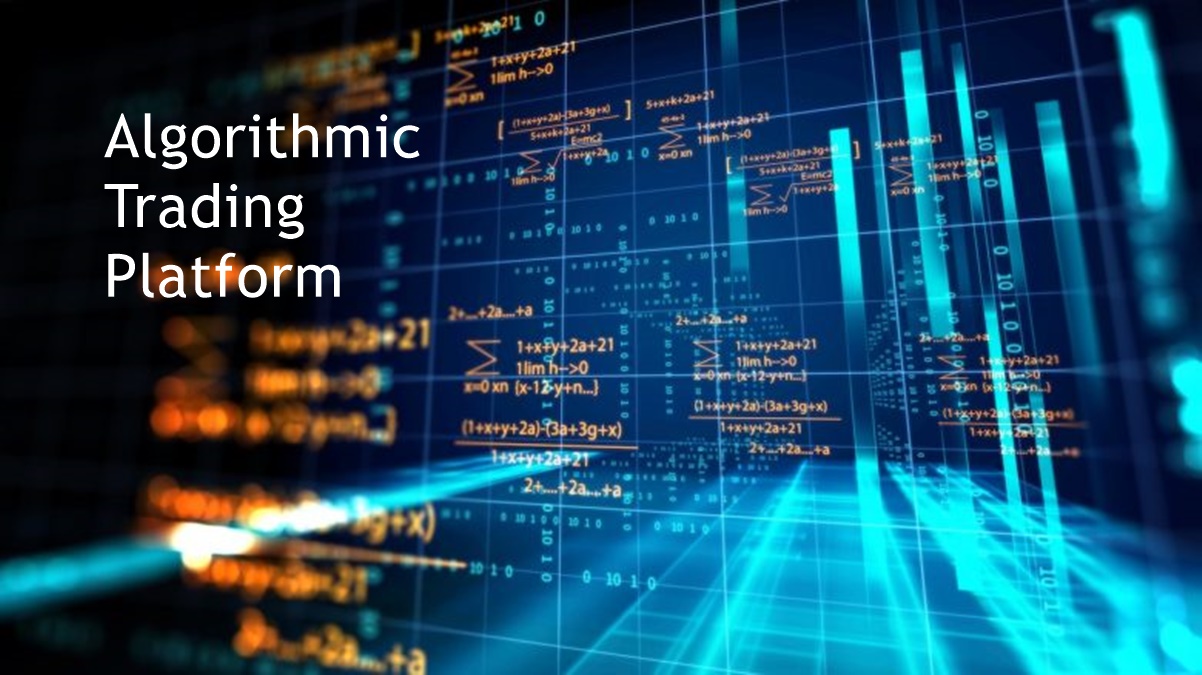
The algorithmic trading platform is based on a computer program that executes pre-programmed trading instructions based on volume, price, and time. The platform uses complex formulas combined with human insights and mathematical models. The user can make thousands of trades per second using algorithmic trading software. Here we have discussed the main elements/components of an advanced platform.
Table of Contents
Market Data Subscription
The market data feed handlers are essential components of the trading platform. These components publish normalized data that is delivered locally or over the network using IPC mechanisms. Scalability and low latency delivery are two crucial characteristics of the data feed handlers that drive the platform’s design.
Limit Order Books
Once the data feeds are normalized, the system uses that data to limit order books for different financial instruments. The process of limiting order books can be simple or complex. It tells the user how many participants are on each side. The limit orders book can be a complicated process to handle as it needs to track market participants’ order priorities. It also needs to keep track of its orders listed in the limit order book.
Signal Aggregators
The algorithmic trading software uses a combination of various signals to get an edge in the processing and analysis of data. The use of various signals allows the system to have more incredible predictive abilities in different market scenarios. The platforms have different methods to combine signals from different sources.
For example, the software uses traditional statistical learning methods to get linear and non-linear combinations. These learning methods are used to get regression output value and classification data to represent a combination of signals.
Signals
As mentioned earlier, the limit order book is built and updated by the new information. Signals are referred to by various names such as alpha, features, calculators, predictors, indicators, signals, but they mean the same thing. A signal can be described as a thoughtful piece of market information.
The trading information helps build and execute a trading strategy to gain a statistical edge over other participants. It plays a vital role in increasing profitability. The key to making the best use of signals is to use new signals and keep adapting to existing signals. The new signals give information about new participants and changing market conditions.
Execution Logic
The execution logic is an essential element of the trading platform. It needs to be fast and efficient to execute trades based on various signals. The execution logic should be able to respond to changing signals and market data. It should take trading decisions in a blazingly, fast, and intelligent manner. It should be able to disguise its trading intelligence from other market participants to get the best executions.
The market competitors are always observing orders sent to exchanges and the potential impact they will have. Hence, the trading logic should be intelligent to ensure others don’t know about the trading strategies followed.
PnL Management and Position
PnL or P&L refers to profit and loss statements. It gives information about revenue, expenses, and costs and summarizes a report for you. In every trading system, you need a trading strategy that manages PnL and positions effectively. The PnL management complexity depends on the complexity of the trading strategy.
In complex trading strategies, the focus lies on pairs trading. You have managed PnL and also track positions on multiple financial instruments. The PnLs and positions can offset one another that adds to the complexity in determining accurate positions.
Risk Management
The trading platform needs to have a useful risk management feature. It will ensure potentially profitable strategies continue to yield good gains. The system should be free from bugs or programming errors. It is essential to ensure the exchanges’ rules and regulations are not violated, which leads to huge penalties.
The trading platform should have multiple redundant layers to reduce margins of errors. It should support a high level of stress testing to reduce the risk of systems failure.
Backtesting
It is an essential element in a trading platform that simulates trading behaviour in different market conditions and retrieves statistics. The backtesting is based on recorded market information.
The recorded data needs to be accurate, and the system should have a robust framework to replay it. It will allow the platform to simulate potential trading strategies and mimic the trading exchange.
The backtesting component helps you learn the flow of the order in potential trading strategies in market participants’ presence. To sum up, the above are some of the crucial components that form an algorithmic trading platform’s structure.